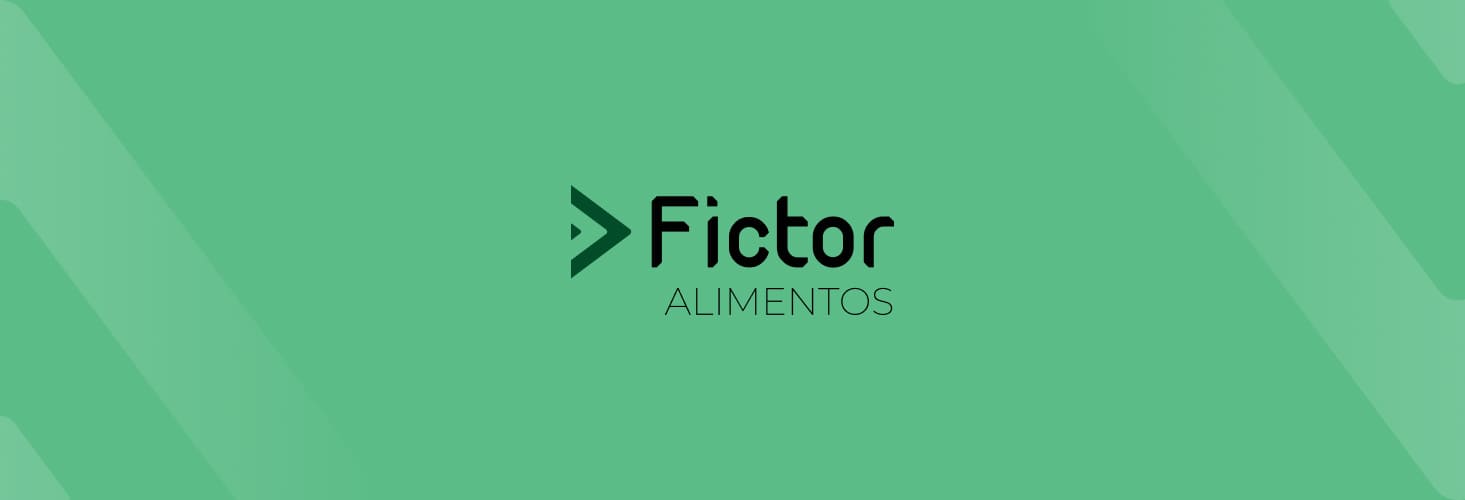Brazilian companies have found a faster way to get listed on the stock exchange without going through the long and costly process of a Traditional IPO. Instead of going public from scratch, the Fictor Foods and Reag decided to look for companies that were already listed, but with low liquidity and high volatility, which could be acquired. That's how they chose Atompar and GetNinjas and debuted on B3.
This strategy, known as a reverse IPO, has attracted attention as a more agile and efficient alternative for companies wishing to enter the capital markets. "The reverse IPO is like changing the tire on a moving car. At no point is the company not traded on the stock exchange. What happens is that the ticker, management and corporate purpose change during the process," he says. André Vasconcellos, director of strategy and investor relations at Fictor Foods.
Trend for 2025
The reverse IPO movement began to gain momentum in Brazil at the end of last year and should become a consolidated trend by 2025. With the absence of new initial public offerings since 2021, more and more companies have been looking for this alternative to access the capital market more quickly and at lower cost. "Reverse IPOs are becoming a trend, especially given the lack of initial public offerings since 2021 in Brazil. Factors such as high interest rates and tax concerns have discouraged companies from opting for traditional IPOs, making the reverse IPO a viable alternative for accessing the capital market," says Jonas Carvalho, CEO of Hike Capital.
Enrico Cozzolino, partner and head of analysis at Levante Investimentos, is another specialist who follows this market. He doesn't like the term "reverse IPO", preferring "reverse takeover", which is widely used in the international market, but recognizes the advantages of the move. "The reverse takeover is much faster, it's easier to buy an already listed company than in an initial IPO process. If you have the money, you just have to do it," Cozzolino points out.
- There are also disadvantages
The reverse takeover also brings challenges that can generate uncertainty for companies and investors. Cozzolino points out that one of the main disadvantages lies in the very nature of the process. "The disadvantage is that you are buying a company that has a history, and that history is not necessarily the same as yours. This can lead to significant changes in command, governance and even purpose," he explains.
In addition, issues related to transparency and hidden financial risks are also points of attention. Jonas Carvalho warns that this model can offer less visibility into the financial health of the acquired company, which can impact market confidence. "Among the disadvantages are limited transparency, since there may be less disclosure of financial information, and the possibility of hidden liabilities, which represent risks for the new entity," he says. These factors mean that the reverse IPO, despite being an agile alternative, requires rigorous due diligence to avoid unwanted surprises.
- Reverse IPO costs
Another factor driving the Reverse IPO is the reduced cost compared to a traditional IPO. "Although it involves costs, such as legal and auditing fees, the reverse IPO tends to be more economical than the traditional IPO process, due to the elimination of certain steps and the reduction of underwriting expenses," explains the CEO of Hike Capital.
With the expectation of a still challenging market in 2025This strategy should continue to gain ground in the B3This will pave the way for more companies to go public without facing the typical barriers of an initial public offering.

